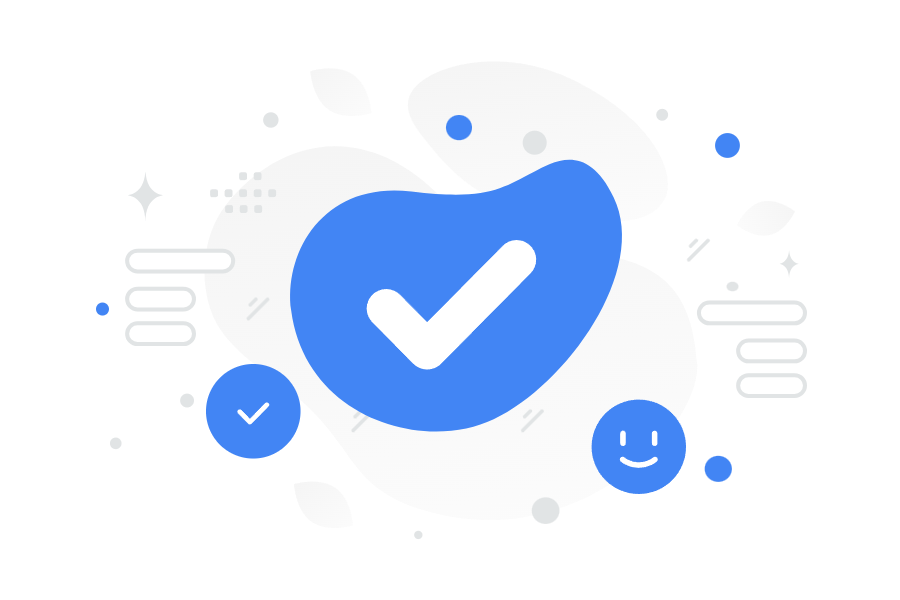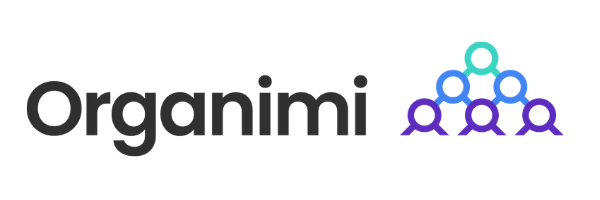Employee onboarding checklist.
Embarking on a new employee’s journey within your organization is a crucial process that sets the tone for their success. To streamline this experience, we’ve compiled a detailed employee onboarding checklist covering every aspect from pre-arrival to ongoing engagement.

No credit card required.
Download free template.
This employee onboarding checklist covers the following:
- Prior to first day
- First day
- First week
- First month
- Ongoing engagement
Use the checklist to foster a positive first impression and boost employee morale with a well-structured onboarding process
Build better org charts with
Organimi.
A powerful, cloud-based platform that helps you create, connect, and collaborate with your colleagues wherever they work.

